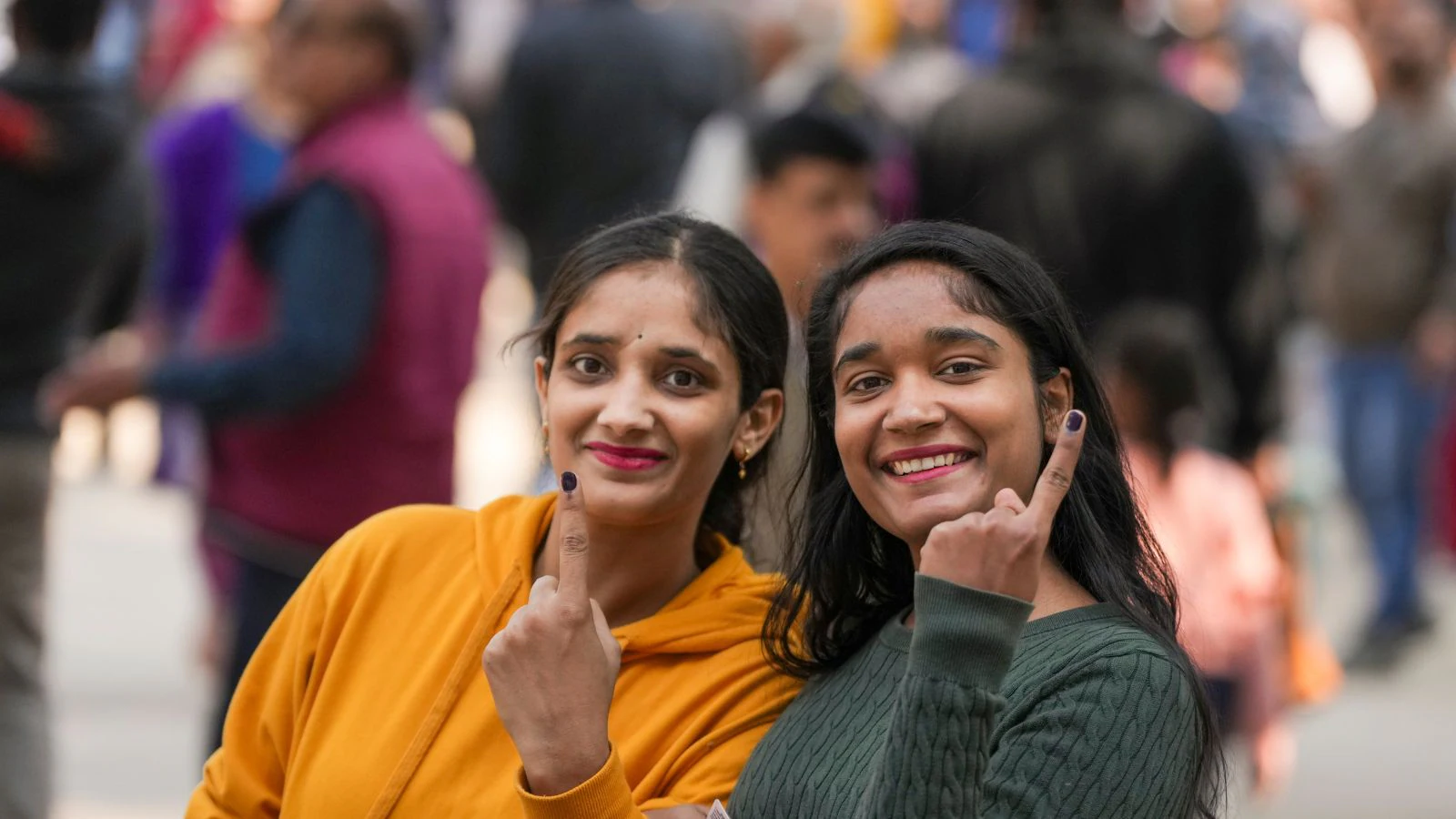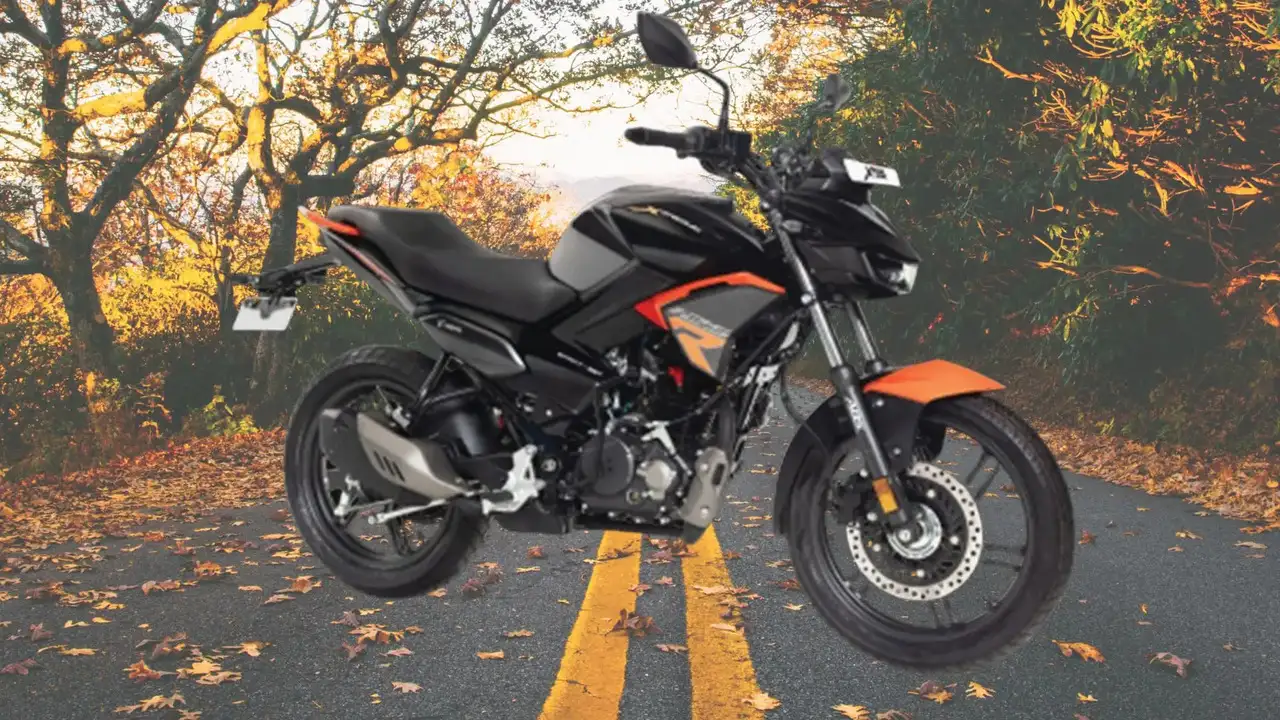Copyright news18

In a week, Bihar will go to polls in two phases scheduled for November 6 and November 11, following which the counting of votes will take place on November 14. Polling day is always exciting for first-time voters and the Election Commission of India (ECI) has undertaken a slew of measures to make the process a smooth and productive experience. As a first-time voter, you must first register on the Election Commission (EC) website. This involves completing Form 6 online at the voters’ service portal. Once you have entered all necessary details, you can then find the polling booth allocated to you. WHAT IS THE VOTING PROCESS? Once you have verified your polling booth location and arrive at the station, the process of casting your vote involves several structured steps. Upon entering the polling booth, you will observe three polling officers seated next to one another. You must head towards the second officer to have your finger marked with indelible ink. The third step requires you to provide your signature or thumbprint to cross your name off the electoral roll. You will then proceed to cast your vote on the electronic voting machine (EVM). You select the political party you wish to vote for from the list available on the device and press the blue button next to it. Once the vote is successfully cast, an LED on the EVM will turn red, and the voter verifiable paper audit trail (VVPAT) machine will generate a slip confirming your vote. In the event that you notice any inconsistency between your chosen party and the confirmation slip generated, you have the right to approach the presiding officer and file a complaint. WHAT TO EXPECT AT YOUR POLLING BOOTH? To ensure a seamless polling process, first-time voters must be aware of the rules governing identity verification and restrictions inside the polling premises. Identification Requirements For identification purposes at the polling station, you must present your electors photo identity card (EPIC). If you do not have your EPIC, you must present one of the following 12 original photo identification documents approved by the EC: Aadhaar card MGNREGA job card Passbooks with photograph issued by bank/post office Health insurance smart card issued under the scheme of the labour ministry or Ayushman Bharat health card Driving licence Smart card issued by RGI under NPR Indian passport Pension document with photograph Service ID cards with photograph issued to employees by central/state government/PSUs/public limited companies Official ID cards issued to MPs, MLAs, MLCs Unique disability ID (UDID) card, M/o social justice and empowerment Photo electoral rolls will be used during the Bihar assembly election. Rules and Regulations Mobile phone policy: Voters are required to deposit their mobile phones at designated counters available outside all polling stations. Phones are only allowed within 100 m of the polling station if they are in switch-off mode. The switched-off device must be handed over to a designated volunteer before entering the polling station, and the voter will receive a pre-numbered token. The phone must not be switched on within the 100-m periphery after the vote is cast. Secrecy of voting: To maintain the secrecy of the vote, standardised voting compartments will be used. Information display: Four kinds of standardised voter facilitation posters (VFP) must be prominently displayed at all polling stations, including polling station details, candidate list, dos and don’ts, and approved ID documents and how to vote. WHAT ARE THE FACILITIES FOR VOTERS? The EC has mandated several facilities to improve voter convenience and accessibility. Polling Station Standards A maximum number of electors allowed in any polling station has been limited to 1,200 to reduce crowding. All polling stations are directed to be located on the ground floor/road entry level. Polling stations will have essential facilities such as drinking water, adequate lighting, a waiting shed, a toilet with water facility, and proper signage. Efforts have been directed toward installing permanent ramps for electors with disabilities (PwD). Voter Information and Assistance Voter information slips (VIS): VIS will be issued to enrolled electors at least five days before the poll. These contain information like polling station details, date, and time, and feature the serial number and part number prominently displayed. It is not mandatory for voting and cannot be used as identity proof. Voter guide: Every elector’s household will receive a voter guide (in Hindi/English/local language) ahead of the election. It provides important information, including the date and time of the poll, contact details of the booth level officers (BLO), helpline numbers, and the dos and don’ts for voters. Voter assistance booths (VAB): VABs are set up at every polling station location, staffed by BLOs/officials, to help voters correctly locate their specific polling booth number and serial number in the electoral roll. Accessibility for PwDs and Senior Citizens Targeted facilitation: PwD and senior citizen electors are identified and tagged to their respective polling stations to ensure specific arrangements are made for their smooth voting experience. They will be assisted by appointed volunteers, given priority for entering polling booths, and provided designated parking spaces close to the entrance. Transport and wheelchair: Proper transport facility is directed for PwDs and senior citizens on the day of the poll. PwD electors can request a wheelchair facility by registering on the Divyang (Saksham) Module of ECINET. Visually impaired voters: Accessible VIS with Braille features are issued. Dummy ballot sheets in Braille will also be available at all polling stations, allowing visually impaired voters to cast their vote independently using the Braille facility on the EVM ballot units. They also have the option to take a companion to cast the vote on their behalf, as permitted under Rule 49N of the Conduct of Elections Rules, 1961. WHAT ARE THE NEW REFORMS IN THIS ELECTION? The Bihar polls are introducing at least 17 new reforms – ‘Bihar First Initiatives’ – that will later be implemented in subsequent elections across other states. Candidate Photos: EVMs will feature colour photographs of candidates for the first time for better visibility. It has been prescribed that the candidate’s face will occupy three-fourths of the photo space. Readability: Guidelines were revised to make EVM ballot papers more readable, including printing serial numbers in bold (font size 30) and ensuring names of all candidates/NOTA are printed uniformly in a large font size. Mobile Deposit Facility: Voters will have to deposit their mobile phones at counters outside polling stations. Candidate Booths: Candidate booths are permitted just beyond the 100-meter mark of the Polling Station for voter facilitation. Compulsory Webcasting: There will be 100 percent webcasting at all polling stations for monitoring the poll process. Real-time Updates: A one-stop digital platform, ECINet, will provide real-time voter turnout updates, with presiding officers uploading data every two hours on polling day. Know Your Candidate (KYC): The ECI has developed a dedicated KYC module in ECINet to inform citizens about the “criminal antecedents” status of candidates. Digital Data: Digital index cards and reports are being introduced to create a technology-driven system promoting accessibility of poll data for stakeholders. Monitoring: All critical events, including the preparation and storage of EVMs/VVPATs and the polling process in vulnerable stations, will be videographed. VVPAT Counting Mandate: Counting of VVPAT slips will be mandatory in cases of mismatch between Form 17C and EVM data, and where mock poll data was not erroneously erased. Counting Sequence: The penultimate round of EVM/VVPAT counting will only be taken up after the counting of the postal ballots is completed.



